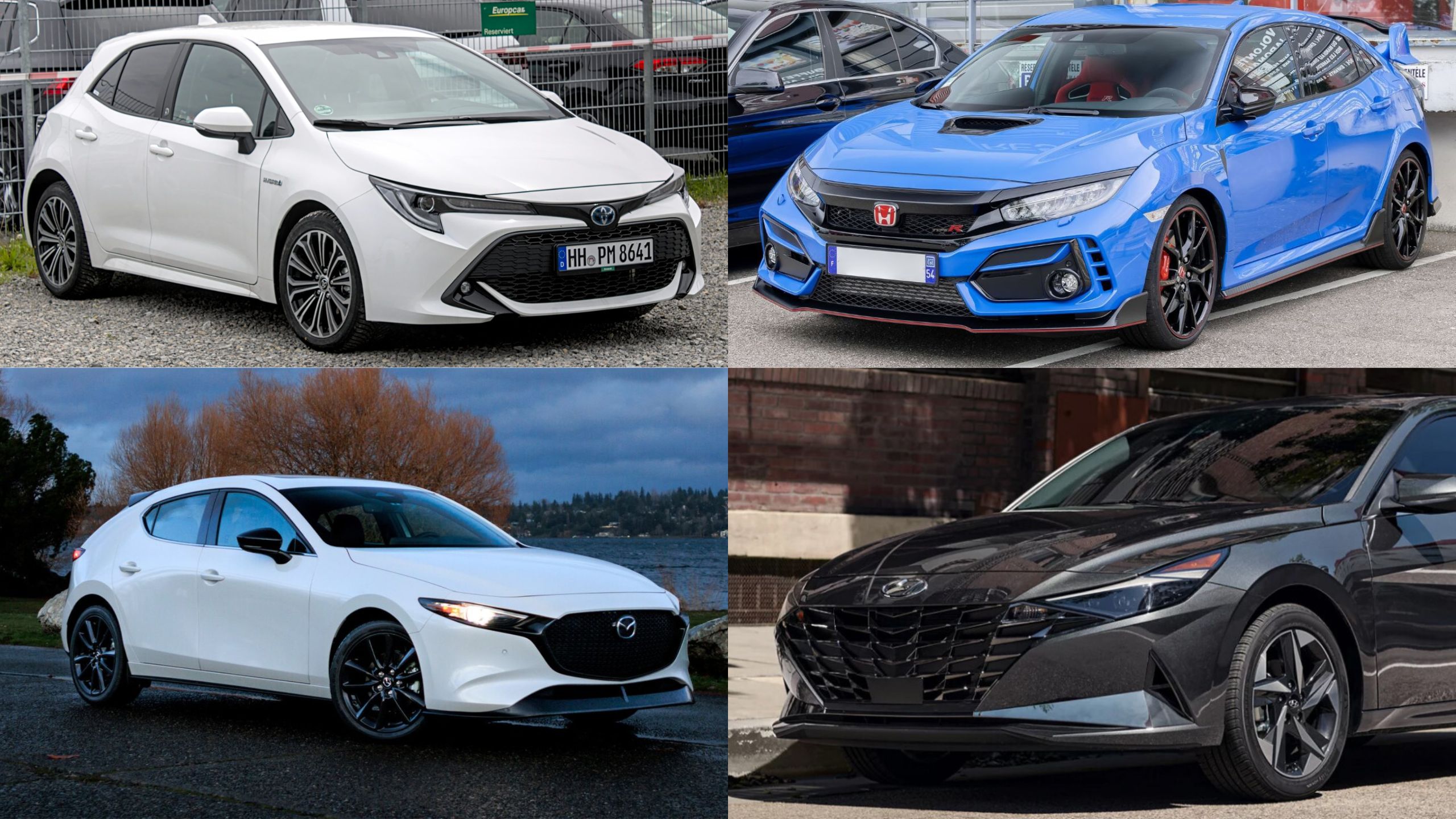When purchasing a vehicle, the sticker price is just the beginning of your financial relationship with your car. Maintenance and repair costs can significantly impact your total ownership experience, sometimes doubling or even tripling your initial investment over time.
While some vehicles might seem affordable at first glance, they can quickly become financial burdens when mechanical issues arise. Conversely, other cars may come with higher upfront costs but prove economical in the long run due to their reliability and affordable repair expenses.
Understanding which vehicles offer the best value in terms of maintenance costs can save you thousands of dollars and countless headaches.
This guide examines five cars known for their affordability when it comes to repairs and maintenance, as well as five notorious for their expensive upkeep.
We’ll explore factors like parts availability, design complexity, specialized repair requirements, and average annual maintenance costs to help you make an informed decision before your next vehicle purchase.
Whether you’re a budget-conscious commuter or simply trying to avoid unexpected financial surprises, knowing which cars will or won’t break the bank on repairs is essential information for any car owner.
5 Cars That Won’t Break the Bank on Repairs
1. Toyota Corolla
The Toyota Corolla has earned its reputation as one of the most reliable and cost-effective vehicles on the market. This compact sedan consistently ranks among the least expensive cars to maintain, with average annual repair costs hovering around $350-$400, significantly below the industry average of $650.
The Corolla’s simple, proven engineering philosophy is a major contributor to its low maintenance costs. Toyota has refined this platform over twelve generations, prioritizing reliability and serviceability rather than introducing cutting-edge but untested technologies.
Parts availability is another factor that keeps Corolla repair costs low. With millions of units sold worldwide, replacement components are plentiful and competitively priced.
This abundance of parts extends to both OEM (Original Equipment Manufacturer) and aftermarket options, giving owners flexibility when choosing repair solutions.
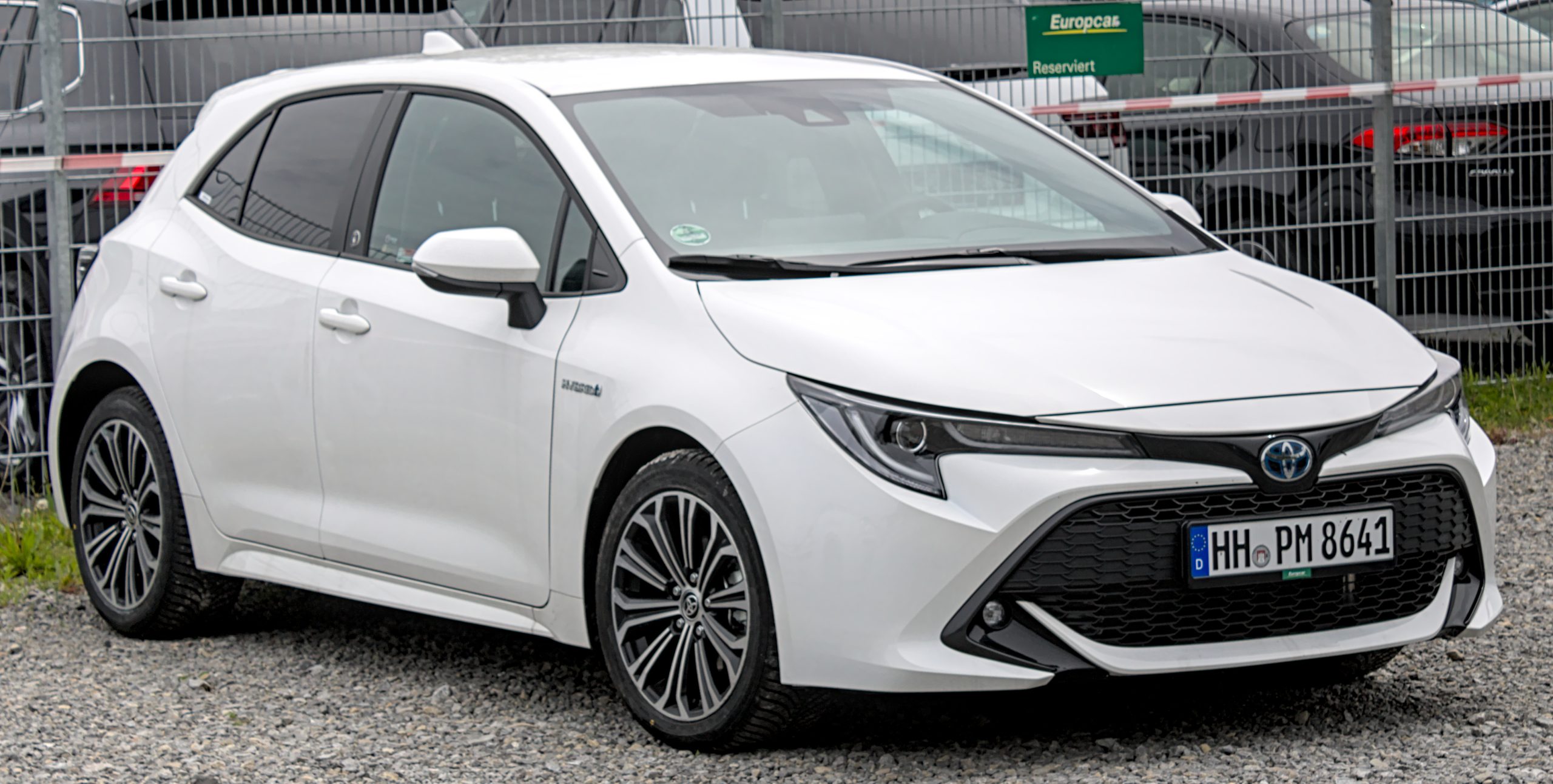
Additionally, the Corolla’s popularity means that virtually any mechanic has experience working on these vehicles, eliminating the need for specialized (and expensive) service providers.
The Corolla’s fuel-efficient four-cylinder engine is renowned for its durability, with many examples easily surpassing 200,000 miles with only routine maintenance.
Common wear items like brakes, belts, and suspension components are straightforward to replace and reasonably priced. The vehicle’s straightforward design allows for easy access to most components, reducing labor costs during repairs.
Perhaps most importantly, the Corolla suffers from few systemic issues or common failure points that plague other vehicles. While no car is perfect, the Corolla avoids the expensive chronic problems that can turn ownership into a financial nightmare.
Electrical systems remain relatively simple compared to luxury competitors, further reducing potential repair complexity and costs.
For budget-conscious consumers seeking reliable transportation with minimal maintenance expenses, few vehicles can match the Toyota Corolla’s combination of initial affordability and long-term value.
2. Honda Civic
The Honda Civic stands as another paragon of affordable maintenance in the automotive world, with average annual repair costs ranging from $350 to $450.
This enduring compact car shares many of the cost-saving virtues of its Toyota rival but brings its unique advantages to the table.
Honda’s engineering philosophy emphasizes efficient design and mechanical robustness, resulting in powertrains that regularly exceed 250,000 miles with proper maintenance.
One of the Civic’s greatest strengths is its remarkably efficient use of space under the hood, making many maintenance tasks surprisingly accessible despite the car’s compact dimensions.
Oil changes, spark plug replacements, and even timing belt services can be performed with relative ease compared to many competitors. This accessibility translates directly to lower labor costs during service appointments.
Additionally, Honda has maintained consistent design elements across generations, meaning that mechanical knowledge and parts compatibility often carry over from older to newer models.
The Civic’s widespread popularity ensures that replacement parts are both abundant and competitively priced. A thriving aftermarket support network provides everything from budget-friendly repair components to performance upgrades, giving owners flexibility based on their needs and financial situation.
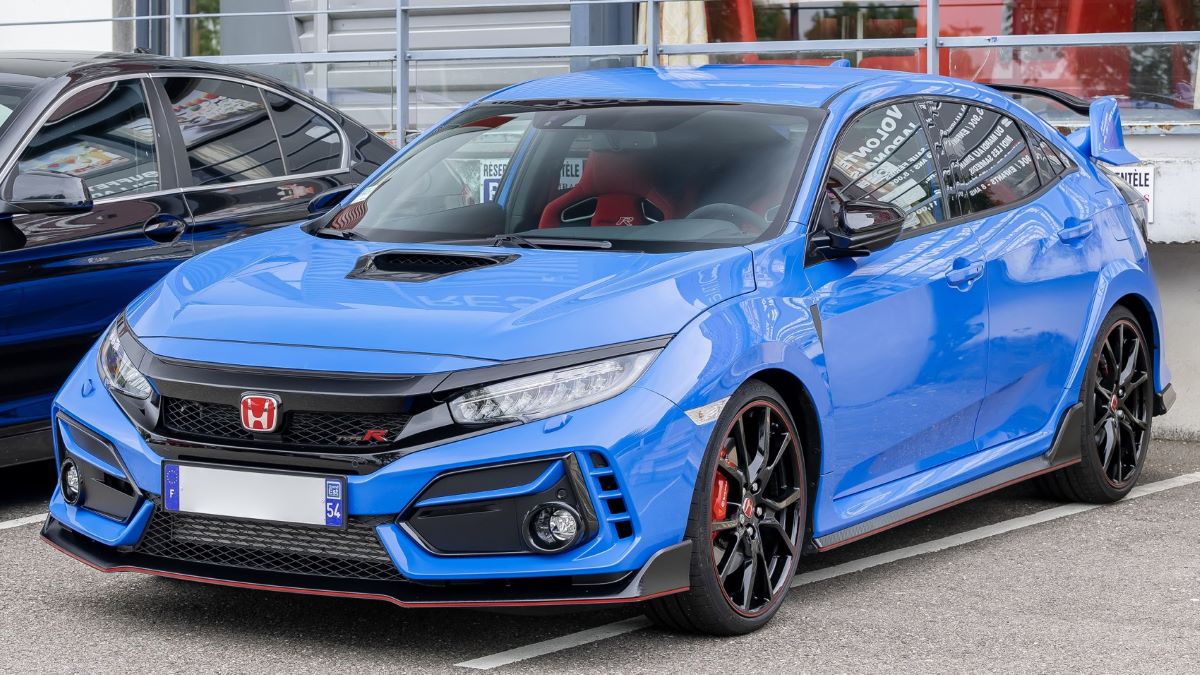
The Civic’s large owner community has also created extensive DIY repair resources online, empowering budget-conscious owners to handle many maintenance tasks themselves.
Honda’s commitment to quality control means that Civics experience fewer unexpected failures than many competitors. When issues do arise, they tend to develop gradually and provide warning signs, allowing owners to address problems before they escalate into more expensive repairs.
The Civic’s proven reliability record also translates to lower insurance costs and better resale value, enhancing its financial equation beyond just repair expenses.
For drivers seeking a balance of enjoyable driving dynamics, fuel efficiency, and low maintenance costs, the Honda Civic remains an excellent choice that won’t break the bank when service needs arise.
3. Mazda3
The Mazda3 has steadily built a reputation as one of the most reliable and cost-effective compact cars on the market, with average annual maintenance costs between $400-$500.
While slightly higher than some competitors, this figure remains well below industry averages and is offset by the vehicle’s exceptional quality and driving experience.
Mazda’s meticulous engineering approach focuses on durability without unnecessary complexity, creating powertrains that remain trouble-free for hundreds of thousands of miles.
What separates the Mazda3 from some competitors is its ability to deliver this reliability while offering more engaging driving dynamics and premium interior quality.
Unlike many economy-focused vehicles, the Mazda3 doesn’t sacrifice the ownership experience to achieve its maintenance affordability.
The vehicle’s SkyActiv engine technology emphasizes efficiency and longevity through higher compression ratios and carefully calibrated fuel delivery systems that avoid the carbon buildup issues plaguing many direct-injection engines.
Mazda’s parts supply chain is efficient and well-established, resulting in reasonable replacement component costs. While not as ubiquitous as Toyota or Honda parts, Mazda components typically cost less than European alternatives while maintaining comparable quality.
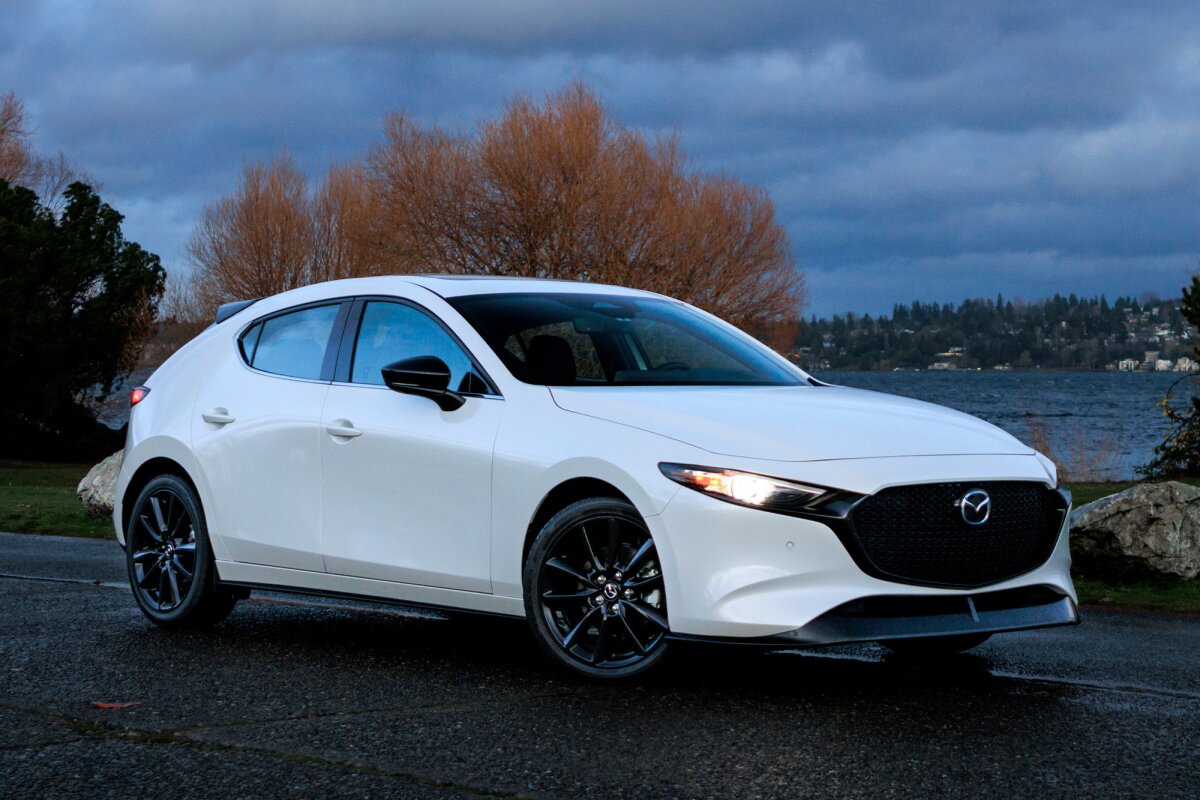
Labor costs also remain reasonable since most repairs don’t require specialized tools or expertise, allowing independent mechanics to service the vehicles effectively.
The Mazda3’s electrical systems strike a careful balance between modern features and straightforward design, avoiding the complex electronic issues that generate expensive diagnostic charges in luxury vehicles.
When problems do arise, they tend to be isolated rather than systemic, preventing the cascading failures that can make repair bills skyrocket. Mazda’s emphasis on consistent quality control means fewer warranty claims and service issues across the board.
This combination of engaging driving dynamics, premium interior quality, and affordable maintenance makes the Mazda3 an excellent choice for discerning drivers who want an enjoyable vehicle that won’t demand excessive repair investments throughout its lifespan.
4. Hyundai Elantra
The Hyundai Elantra represents one of the automotive industry’s most impressive value propositions, combining an attractive purchase price with surprisingly low maintenance costs averaging $400-$550 annually.
What makes the Elantra particularly noteworthy is how dramatically Hyundai has improved its reliability metrics over the past decade, transforming from budget-focused alternatives to genuine reliability contenders that can go toe-to-toe with Japanese benchmarks.
Hyundai’s confidence in their engineering is reflected in their industry-leading warranty coverage 10 years/100,000 miles on the powertrain and 5 years/60,000 miles bumper-to-bumper.
This exceptional warranty protection effectively transfers much of the financial risk of major repairs from the owner to the manufacturer during the first several years of ownership.
Even after warranty expiration, the Elantra continues to demonstrate impressive durability with few systemic issues affecting its major mechanical components.
The Elantra’s design prioritizes straightforward serviceability, with many routine maintenance points easily accessible without specialized tools. Hyundai also maintains reasonable pricing on OEM parts, avoiding the premium markups common among luxury manufacturers.
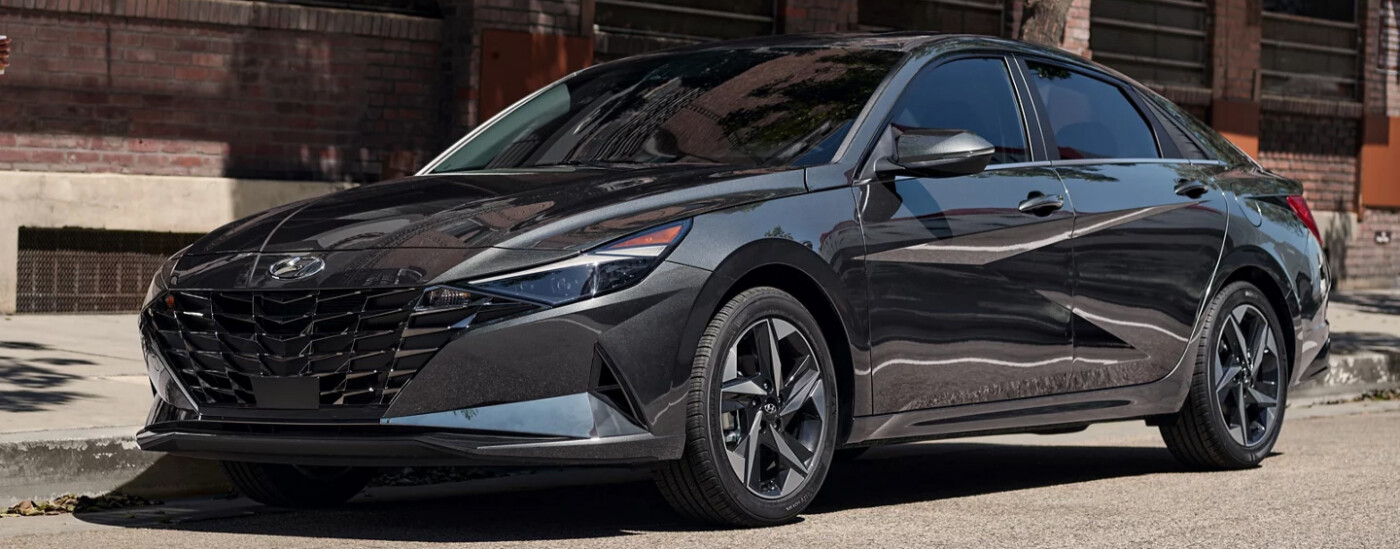
The company’s expanding dealer network and increasing market share have improved parts availability and service options, eliminating many of the supply chain constraints that once affected older Hyundai models.
Perhaps most importantly, Hyundai has focused on perfecting conventional automotive technologies rather than being first-to-market with unproven systems.
Their engines and transmissions employ time-tested designs with incremental improvements rather than revolutionary but potentially problematic innovations.
This cautious engineering approach pays dividends in long-term reliability statistics. The Elantra’s straightforward maintenance schedule also helps owners avoid unexpected service costs, with clearly defined intervals for routine services like oil changes, fluid replacements, and major component inspections.
For budget-conscious consumers seeking reliable transportation with comprehensive warranty coverage and predictable maintenance expenses, the Hyundai Elantra offers exceptional value that won’t strain repair budgets.
Also Read: 5 Reliable Winter Beaters and 5 That’ll Leave You Stranded
5. Toyota Prius
The Toyota Prius stands as one of the most economical vehicles to maintain despite its sophisticated hybrid technology, with average annual repair costs between $400-$550.
This figure is particularly impressive considering the Prius contains complex systems not found in conventional vehicles. Toyota’s engineering philosophy has always emphasized reliability, but the Prius represents a masterclass in making advanced technology dependable enough for everyday use without excessive maintenance requirements.
Contrary to early concerns about hybrid battery longevity, the Prius battery pack has proven remarkably durable, with many original units still functioning after 200,000+ miles.
When replacement does become necessary, costs have decreased significantly over time, with refurbished options now available for under $1,500, far less than the $4,000+ replacements of early generations.
The regenerative braking system also reduces wear on conventional brake components, often doubling or tripling the lifespan of brake pads compared to traditional vehicles.
The Prius’s Atkinson-cycle engine operates under less stress than conventional powerplants due to its hybrid assistance, contributing to exceptional longevity with minimal issues.
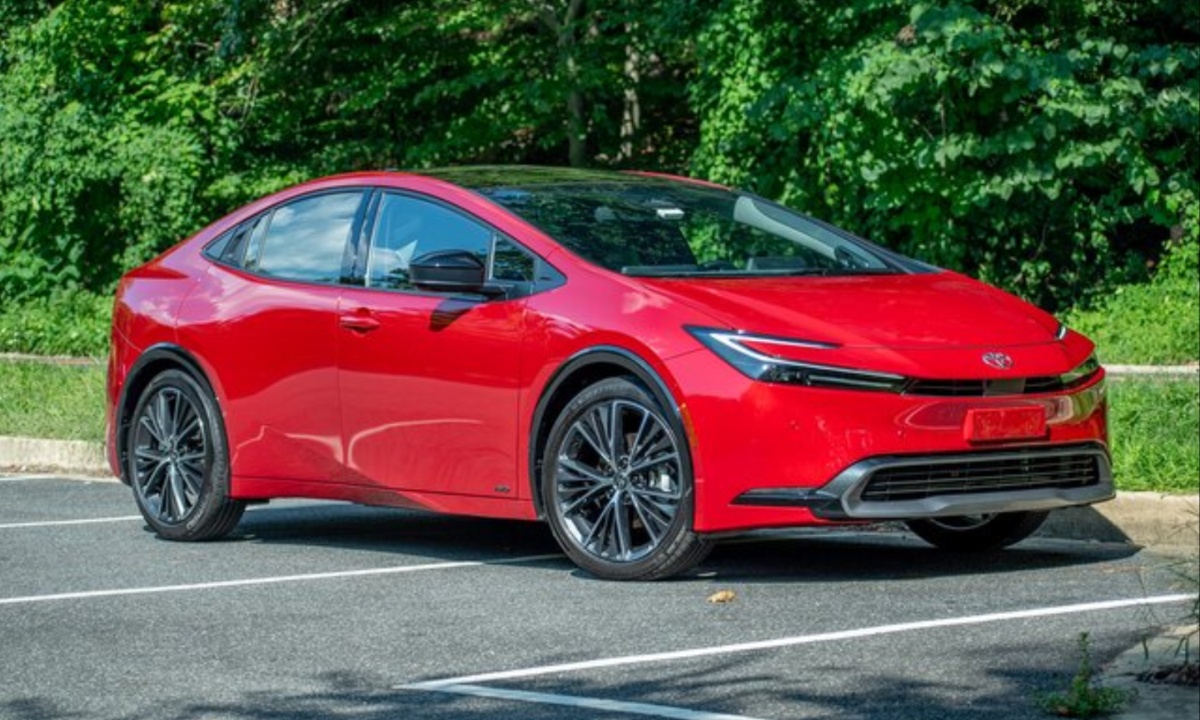
This engine rarely requires more than routine maintenance throughout its extended service life. Toyota’s parts supply chain offers competitive pricing on Prius-specific components, while the vehicle’s global popularity ensures widespread mechanic familiarity with its systems, eliminating the specialized service premium common with other advanced vehicles.
Perhaps most surprisingly, the Prius’s electrical systems have demonstrated remarkable reliability despite their complexity. Toyota’s conservative engineering approach and extensive testing have prevented the electronic gremlins that plague many technologically advanced vehicles.
The Prius also benefits from continuous refinement across multiple generations, with each iteration addressing potential issues identified in previous models.
This commitment to incremental improvement has created a vehicle that combines cutting-edge fuel efficiency with Toyota’s legendary reliability.
For environmentally conscious consumers wanting to minimize both fuel and maintenance expenses, the Prius offers an unmatched combination of operating economy and repair affordability that keeps total ownership costs remarkably low despite its higher purchase price.
5 Cars That Will Break the Bank on Repairs
1. BMW 7 Series
The BMW 7 Series exemplifies luxury automotive engineering at its finest and most expensive to maintain.
This flagship sedan showcases cutting-edge technology and performance, but owners can expect steep annual maintenance costs averaging $1,700-$2,500, with many years exceeding this range when major components require attention.
The vehicle’s complex systems demand specialized knowledge for even routine maintenance, immediately restricting service options to dealerships and independent shops with BMW-specific expertise and diagnostic equipment.
Parts pricing for the 7 Series reflects BMW’s premium positioning, with components often costing several times what comparable parts would cost for mainstream vehicles.
This price premium affects everything from oil filters to major mechanical components. The vehicle’s sophisticated air suspension system alone can generate repair bills exceeding $3,000 when components inevitably fail after 60,000-80,000 miles.
Electronic complexity further compounds these costs, with the 7 Series featuring multiple interconnected computer modules controlling everything from climate control to dynamic driving characteristics.

The 7 Series’ twin-turbocharged engines deliver impressive performance but introduce additional potential failure points. Turbocharger replacements can easily exceed $5,000 per unit, while the vehicle’s advanced cooling systems require specialized maintenance to prevent catastrophic overheating.
Oil leaks become increasingly common as these vehicles age, requiring labor-intensive repairs that often necessitate removing significant portions of the engine for access.
Perhaps most challenging for owners is the vehicle’s rapid depreciation relative to its maintenance costs. A 7 Series that costs $85,000-$100,000 new might be worth only $30,000 after five years, yet still generate maintenance bills appropriate for a new luxury vehicle.
The car’s integrated electronics also create a cascading effect when failures occur, where one malfunctioning component triggers fault codes in multiple systems, complicating diagnosis and repair.
While the 7 Series delivers an exceptional driving experience and prestigious ownership profile, prospective buyers should carefully consider whether they’re prepared for the financial commitments required to maintain these sophisticated machines beyond their warranty period.
2. Range Rover
The Range Rover stands as perhaps the most infamous example of a vehicle whose maintenance costs can quickly eclipse its purchase price.
Despite its undeniable presence and luxurious appointments, Range Rover ownership comes with average annual maintenance costs between $1,800-$3,000, with many owners reporting years where expenses stretch well beyond these figures.
The brand’s persistent quality control issues have created a reputation for unreliability that, despite improvements in recent generations, continues to affect ownership experiences.
Range Rover’s complex air suspension system represents one of its most problematic areas, with complete system failures common after 60,000 miles. Replacement costs frequently exceed $4,000, and the system often requires multiple repairs throughout the vehicle’s lifespan.
The vehicle’s sophisticated four-wheel-drive system, while capable of remarkable off-road performance, introduces additional failure points rarely found in less ambitious vehicles. Transfer case failures, differential issues, and electronic control problems can each generate repair bills exceeding $2,500.
The Range Rover’s electrical systems present perhaps its greatest maintenance challenge, with widespread reports of erratic behavior affecting everything from climate controls to crucial vehicle operations.
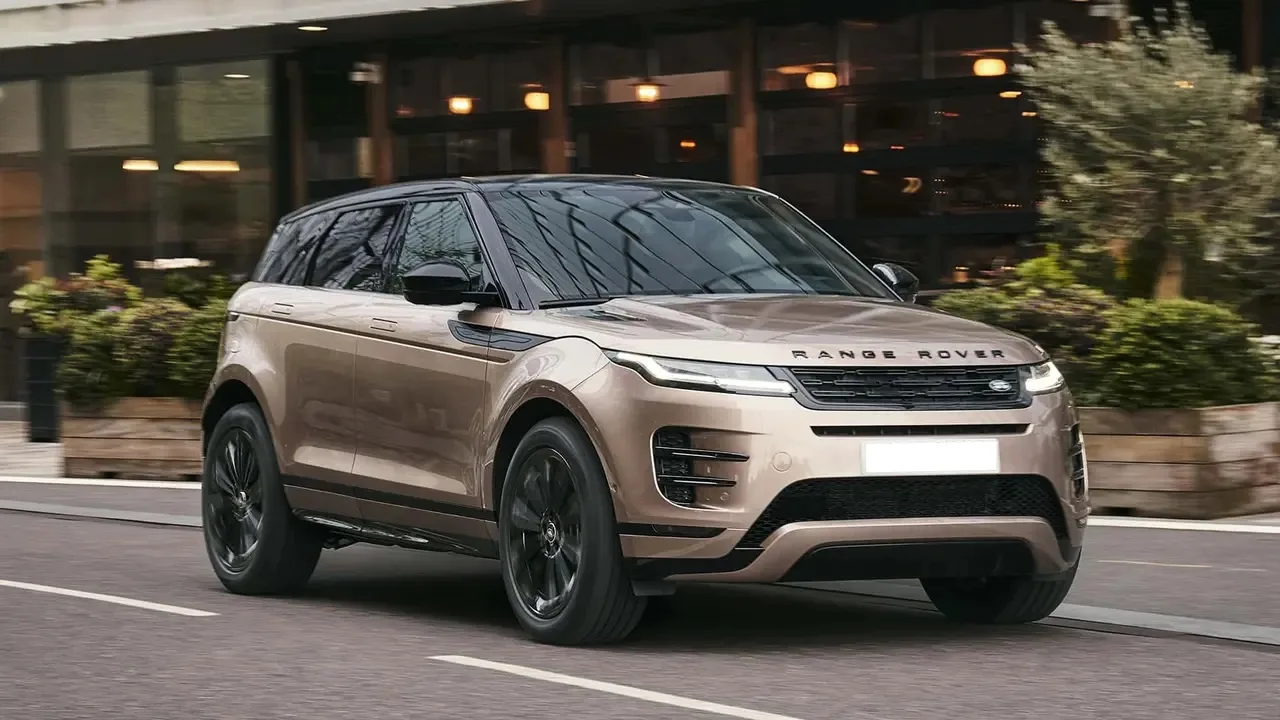
Diagnosing these issues often requires specialized equipment and extensive labor hours, creating substantial service bills even for relatively minor problems.
Water leaks represent another persistent issue, with intrusion damaging expensive electronic components and creating a cascade of secondary problems.
Parts availability compounds these maintenance challenges, with many components available exclusively through dealerships at premium prices.
Labor rates for Range Rover service typically exceed industry averages due to the vehicle’s complexity and the specialized knowledge required.
While the Range Rover delivers an unmatched combination of luxury, presence, and capability, this comes at the cost of extraordinary maintenance requirements that continue throughout the vehicle’s lifespan.
Even wealthy owners often find themselves questioning the financial wisdom of keeping these vehicles beyond warranty periods, contributing to the model’s dramatic depreciation curve.
Prospective buyers should approach Range Rover ownership with a clear understanding of the ongoing financial commitment required to keep these impressive but temperamental vehicles operating properly.
3. Mercedes-Benz S-Class
The Mercedes-Benz S-Class represents the pinnacle of the brand’s engineering prowess, serving as a showcase for technologies that will eventually filter down to more mainstream models.
This role as a technological pioneer comes with significant financial implications for owners, with average annual maintenance costs ranging from $1,600 to $2,700.
As the vehicle ages, these figures often increase substantially, with many owners reporting individual repair bills exceeding $5,000 for major system failures.
The S-Class’s air suspension system, while delivering exceptional ride quality, becomes a significant liability as components age. Complete system failures are common after 70,000-80,000 miles, with replacement costs frequently exceeding $3,500.
The vehicle’s complex COMAND infotainment system represents another potential expense, with screen failures and processor issues requiring module replacements costing $2,000-$3,000. E
ven seemingly minor electronic glitches can generate substantial diagnostic charges as technicians attempt to isolate problems within the car’s extensive network of interconnected control units.
Mercedes-Benz parts pricing reflects the brand’s premium positioning, with components often costing several times what comparable parts would cost for mainstream vehicles.
This price premium extends to routine maintenance items like brake components, with complete brake service often exceeding $1,500 due to the sophisticated systems and premium materials employed.
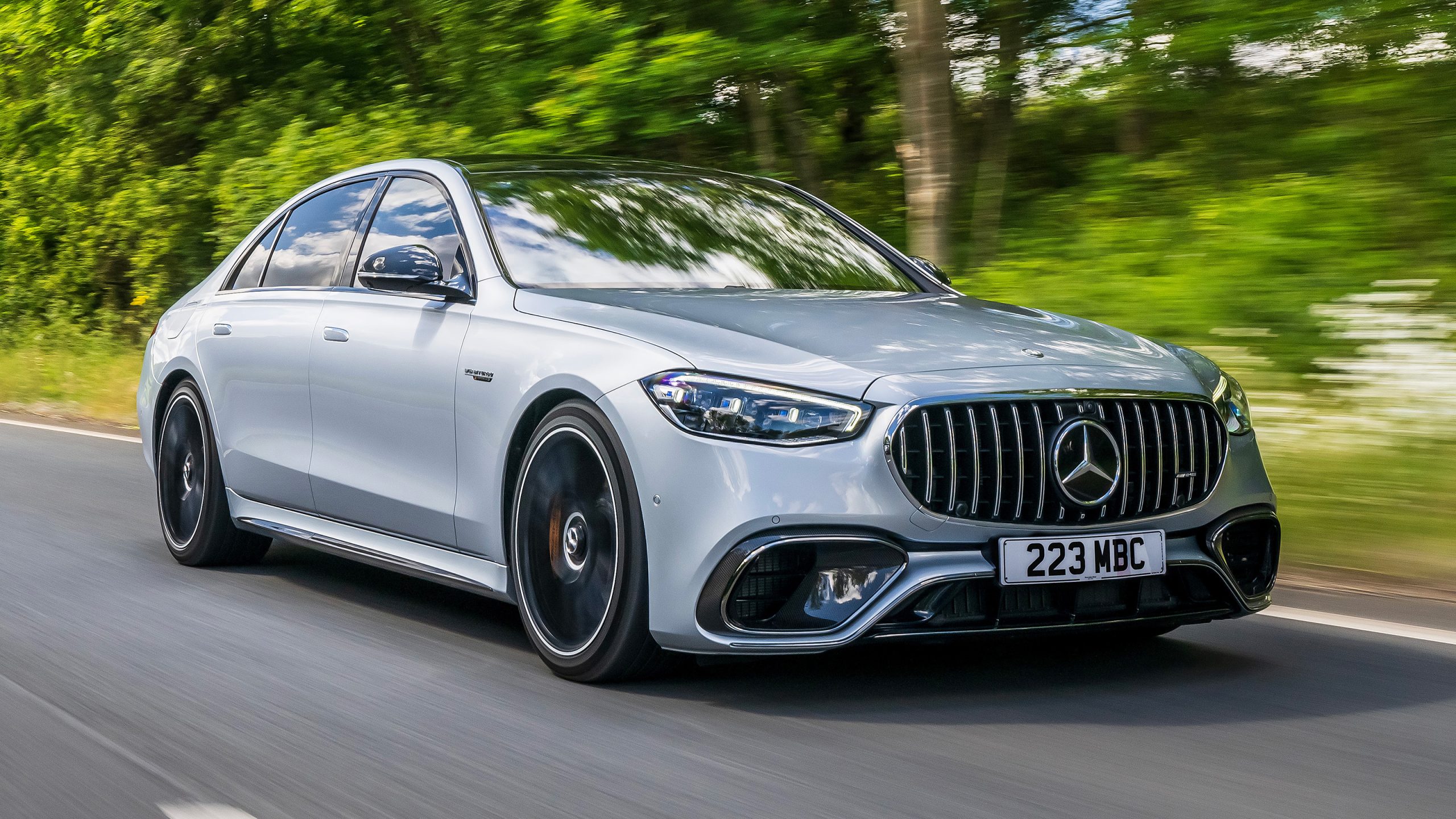
The S-Class’s advanced driver assistance systems introduce additional maintenance complications, with specialized calibration procedures required after many routine repairs. Perhaps most challenging for S-Class owners is finding qualified service outside the dealer network.
The vehicle’s complexity and constant evolution mean that even experienced independent mechanics may lack the specialized knowledge and equipment required for proper diagnosis and repair. This effectively creates a service monopoly that maintains high labor rates throughout the vehicle’s lifespan.
While the S-Class delivers an unparalleled driving experience combining luxury, technology, and performance, this exceptional engineering comes with maintenance requirements that demand significant financial resources well beyond the purchase price.
Prospective buyers should carefully consider whether the prestige and capabilities of the S-Class justify its substantial ongoing maintenance costs.
4. Audi A8
The Audi A8 represents Audi’s flagship luxury sedan, combining sleek styling with advanced technology and impressive performance capabilities.
However, this sophisticated engineering comes at a significant cost to owners, with average annual maintenance expenses ranging from $1,500 to $2,600.
As with other vehicles in this category, these costs tend to increase dramatically as the vehicle ages beyond its warranty period, with many owners reporting individual repair bills exceeding $4,000 for major system failures.
The A8’s aluminum space frame construction, while innovative and beneficial for performance, creates unique repair challenges. Collision damage often requires specialized equipment and expertise, driving up repair costs and sometimes compromising structural integrity if not properly addressed.
The vehicle’s quattro all-wheel-drive system adds another layer of complexity and potential failure points, with transfer case and differential issues generating repair bills exceeding $3,000 when problems emerge.
Audi’s MMI (Multi Media Interface) system represents another potential expense center, with screen failures and control unit malfunctions common as the vehicle ages.
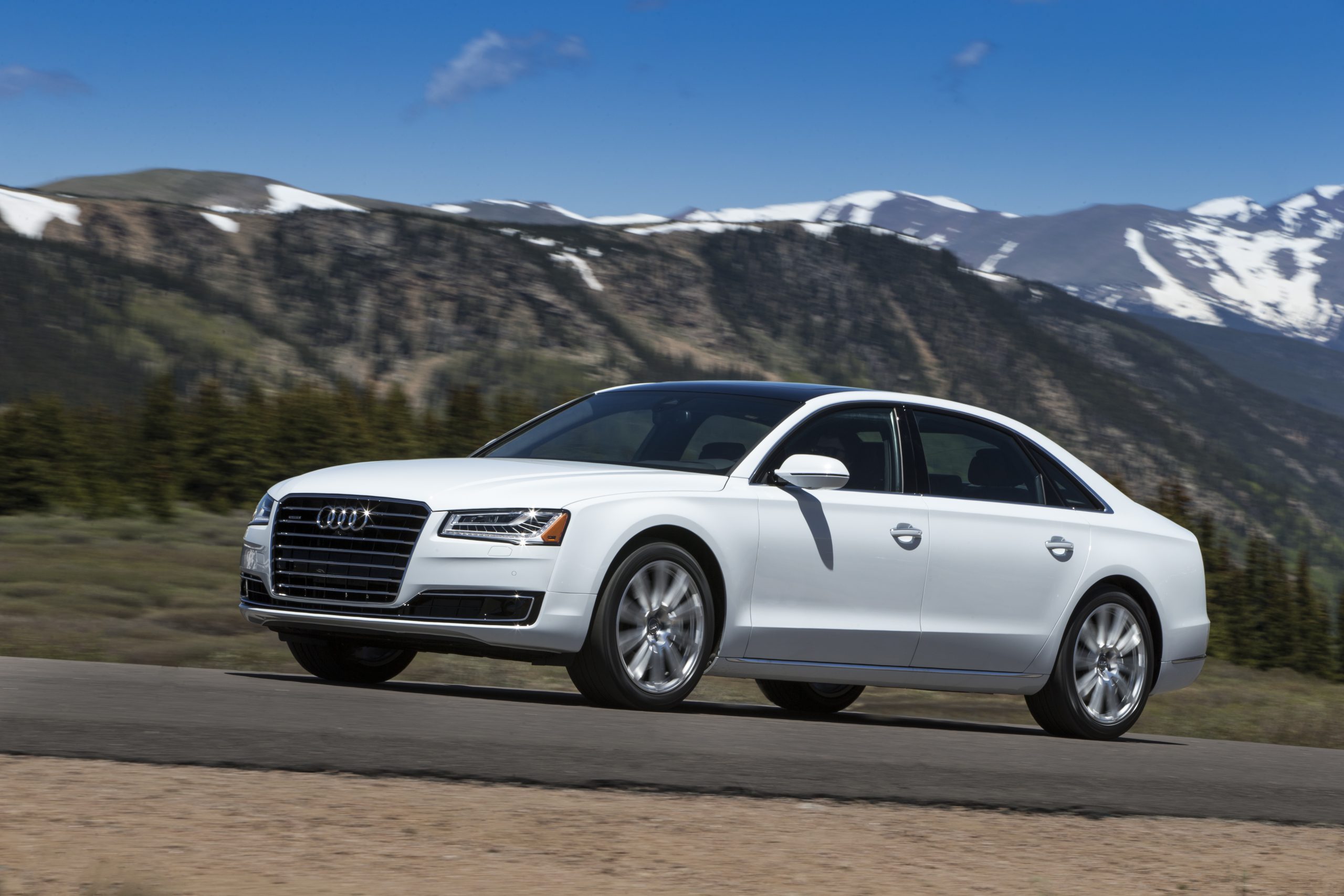
Replacement costs for these components frequently exceed $2,000, not including programming and adaptation.
The A8’s advanced adaptive air suspension system, while delivering exceptional ride quality and handling, becomes increasingly problematic beyond 60,000 miles, with compressor failures and air spring ruptures generating repair costs exceeding $3,500 for complete system restoration.
Perhaps most troubling for A8 owners is the vehicle’s complex electronic architecture, which can generate mysterious intermittent problems that prove extremely difficult to diagnose.
These issues often require multiple dealer visits and substantial diagnostic charges before resolution.
The A8’s sophisticated direct-injection engines also develop carbon buildup issues requiring specialized cleaning procedures costing $600-$900 every 30,000-40,000 miles to maintain proper performance.
While the A8 delivers an exceptional driving experience with distinctive styling and technological innovations, these advantages come with maintenance requirements that demand significant financial resources throughout ownership.
Potential buyers should carefully consider whether the vehicle’s prestige and capabilities justify its substantial ongoing maintenance costs compared to less maintenance-intensive alternatives.
5. Maserati Ghibli
The Maserati Ghibli represents one of the most financially demanding ownership experiences in the luxury sedan market, with average annual maintenance costs ranging from $2,000 to $3,500.
This Italian performance sedan combines exotic heritage with relatively attainable purchase prices, especially on the pre-owned market. However, this apparent value proposition quickly evaporates when maintenance requirements emerge, often leaving owners with repair bills that can exceed the vehicle’s market value after significant depreciation.
The Ghibli’s Ferrari-derived twin-turbocharged V6 engine delivers exhilarating performance but introduces numerous specialized maintenance requirements.
Oil changes alone typically cost $300-$400 using required synthetic oils and OEM filters, while major services can easily exceed $2,000. The engine’s complex cooling system requires specialized attention, with coolant leaks and water pump failures common after 40,000 miles.
Addressing these issues properly often requires partial engine disassembly, generating labor charges that quickly escalate repair bills. Parts availability represents another significant challenge for Ghibli owners.
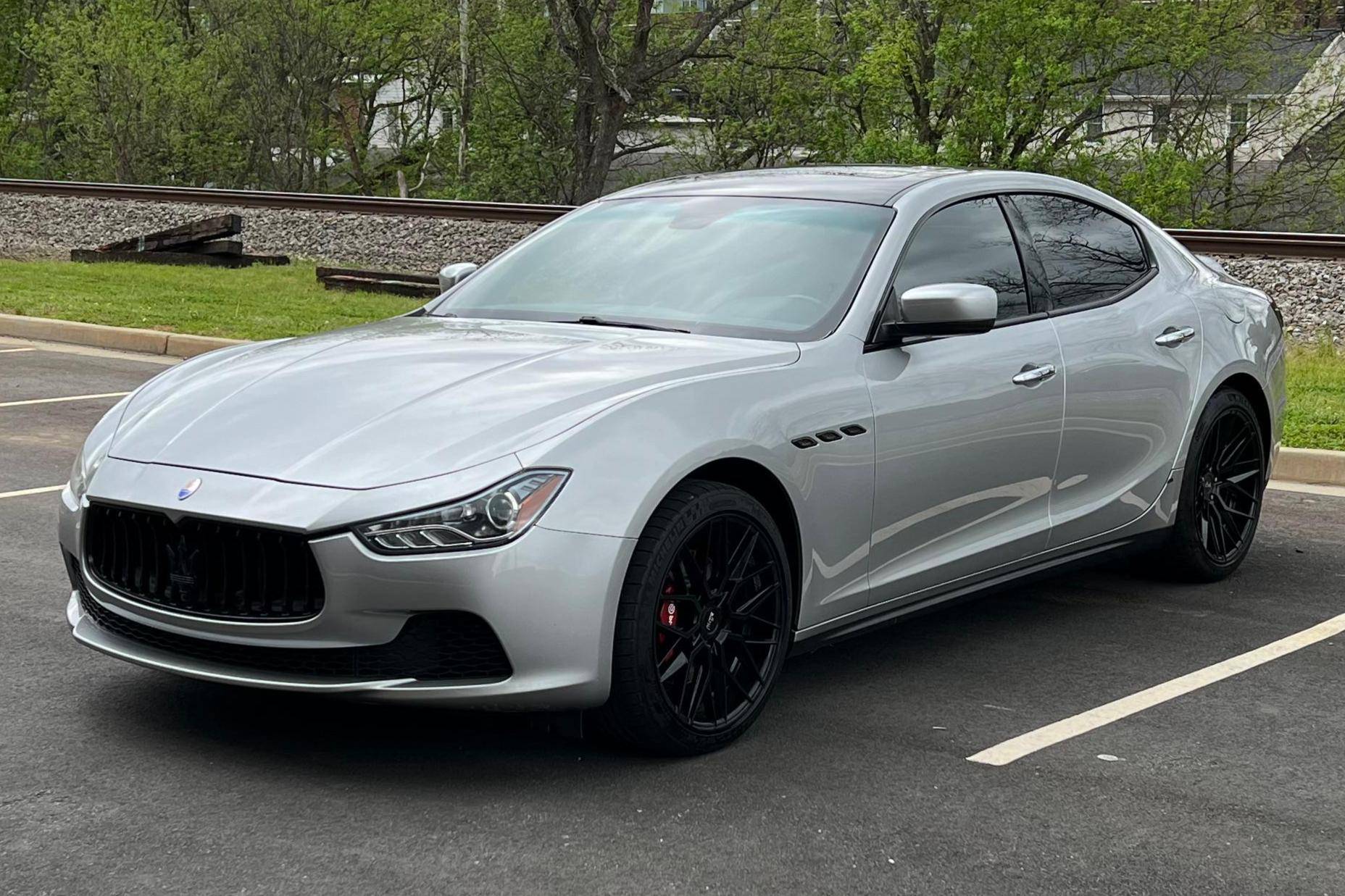
Many components are exclusive to Maserati/Ferrari supply chains, creating extended lead times and minimal aftermarket alternatives.
This supply constraint maintains high parts pricing throughout the vehicle’s lifespan, with even routine components costing significantly more than comparable parts for mainstream luxury vehicles.
The Ghibli’s specialized ZF transmission also requires meticulous maintenance, with fluid services costing $800-$1,000 and full rebuilds exceeding $8,000 when failures occur.
Perhaps most challenging for owners is the limited service network for these vehicles. With relatively few dealerships nationwide and even fewer independent specialists, owners often face limited options when maintenance needs arise.
This restricted competition maintains high labor rates and often necessitates transporting vehicles significant distances for proper service.
The Ghibli’s complex electronics also create diagnostic challenges, with specialized equipment required to address the integrated systems controlling everything from engine management to infotainment functions.
While the Maserati Ghibli delivers exotic styling and performance at an initially accessible price point, prospective buyers should carefully consider whether they’re prepared for the financial commitments required to maintain these sophisticated machines beyond their warranty period.
Also Read: 5 Reliable Fleet Vehicles and 5 That Break Under Pressure

